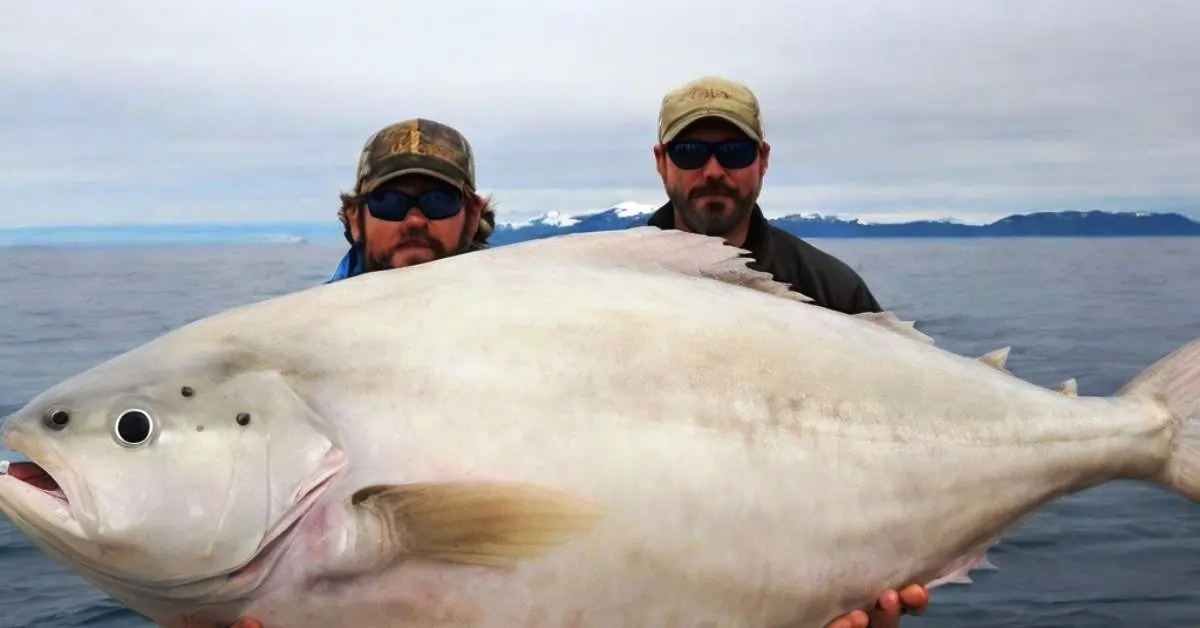How To Catch Halibut Fish
There’s nothing quite like the thrill of hooking a massive halibut. These powerful bottom-dwellers—some weighing over 300 pounds—put up an epic fight and make for incredible table fare. But catching them requires more than just luck.
After years of chasing halibut from Alaska to Norway, I’ve perfected these 5 battle-tested techniques that consistently put fish in the boat. Whether you’re a beginner or a seasoned angler, this guide will help you land more halibut this season.
1. Location: Find the Halibut Highway
(The most important step!)

Halibut aren’t randomly scattered—they follow specific underwater highways. Here’s how to find them:
✅ Ideal Depth: 100-300 ft (deeper in summer, shallower in spring/fall)
✅ Bottom Type: Sandy or gravelly flats near drop-offs
✅ Hotspots:
- Alaska (Kodiak, Homer, Seward)
- Pacific Northwest (British Columbia, Washington)
- Norway & Iceland (deep fjords)
Pro Tip: Use a fish finder to locate “halibut humps”—small rises on the seafloor where they ambush prey.
2. Bait & Lures: What Halibut Can’t Resist
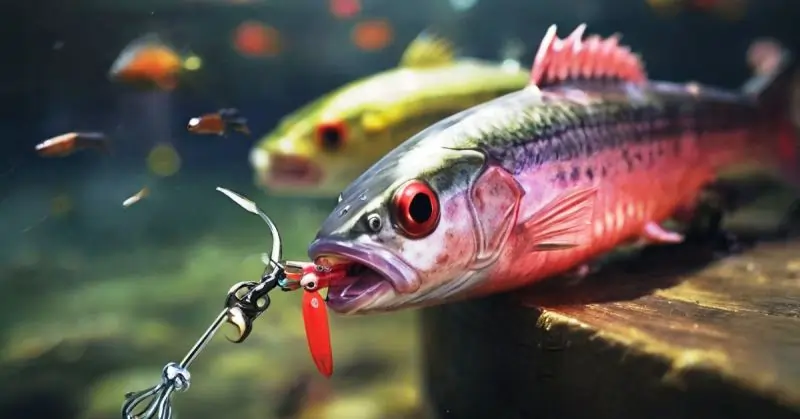
Halibut are opportunistic feeders but prefer scent over sight. Here’s what works best:
Live/Natural Baits (Best for Beginners)
- Herring (whole or filleted)
- Salmon heads/bellies (oily & smelly)
- Squid (stays on the hook well)
Artificial Lures (For Experienced Anglers)
- 8-16 oz Jigs (Glo-colored or UV)
- Swimbait Rigs (Like a B2 Squid)
- Pipe Jigs (For deep vertical jigging)
Pro Tip: Soak lures in herring oil for an extra scent trail.
3. Gear Up Like a Halibut Pro
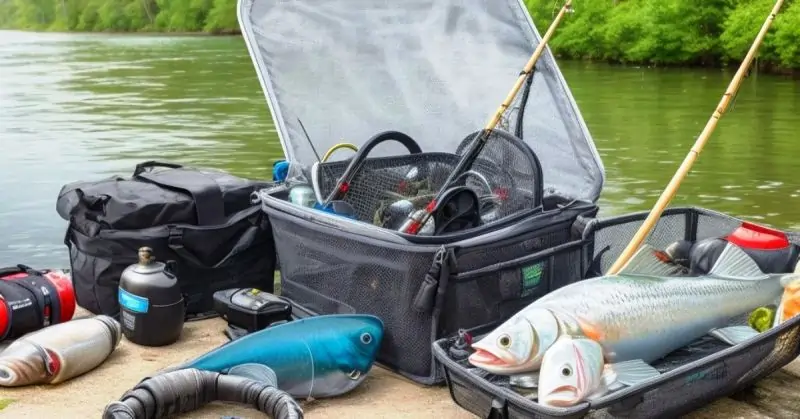
You wouldn’t hunt elephants with a BB gun—don’t fight halibut with weak gear.
Must-Have Setup:
- Rod: 6-7 ft heavy-action (e.g., Ugly Stik Tiger)
- Reel: High-capacity conventional (e.g., Penn Squall)
- Line: 80-100 lb braid + 100 lb mono leader
- Rig: Circle hooks (10/0-16/0) + Spreader Bar
Pro Tip: Bring a gaff & harpoon—big halibut often require extra help at the boat.
4. Drifting vs. Anchoring: Which Works Best?
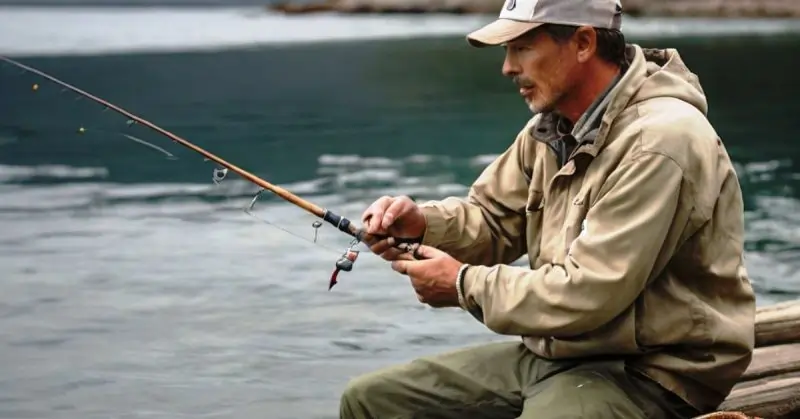
| Technique | Best When… | Tips |
|---|---|---|
| Drifting | Exploring new spots | Follow tide movements |
| Anchoring | On known halibut grounds | Use a chum bag to hold fish |
Pro Tip: Drift parallel to structure (like a reef edge) for best results.
5. Chumming: The Secret Weapon
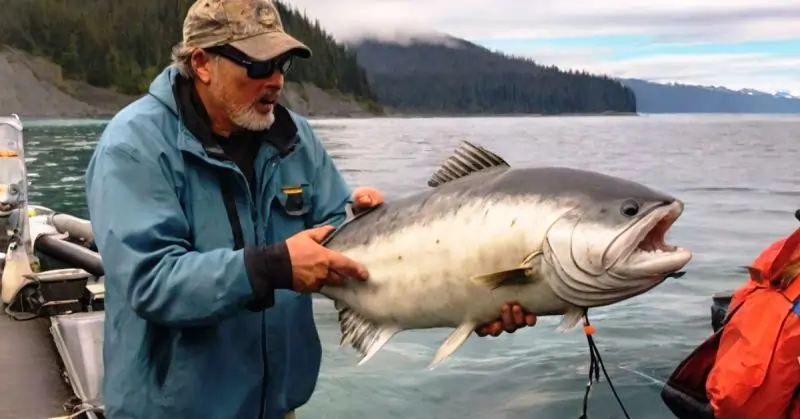
5. Chumming: The Secret Weapon
Halibut have an incredible sense of smell. A good chum slick can turn a slow day into a hot bite.
How to Chum Effectively:
- Hang a mesh chum bag filled with chopped herring
- Drip fish oil into the current
- Add small bait chunks periodically
Pro Tip: In strong currents, add weight to your chum bag so it stays near bottom.
Additional Tips for Successful Halibut Fishing
Here are some more suggestions to ensure a good halibut fishing trip:
Patience is Key: Halibut fishing typically demands waiting. These fish might be slow to locate and take a bite out of your bait. Take your time and be patient.
Be Prepared: When hooked, halibut can put up a fierce struggle. They are strong fish. Have a strategy in place for safely bringing the fish onto your boat so that you are ready for this.
Recognize the Rules: It is imperative to adhere to regional fishing laws. This covers the maximum size and number of halibut that can be caught. These regulations support the health of halibut populations.
Priority one is safety: Maintaining your safety when out on the water is crucial. Make sure your boat is equipped with the appropriate safety gear, and before you go, check the weather.
Employ Fresh Bait: More halibut are drawn to freshly prepared bait. Use the freshest bait you can locate, if possible.
Verify Your Equipment: Before leaving, make sure that all of your fishing equipment is in working order. This includes inspecting your line, hooks, rod, and reel.
Learn from Others: Don’t be afraid to seek out pointers and counsel from halibut fishermen with greater expertise. Their insightful advice could increase your chances of catching something.
FAQ on How To Catch Halibut Fish
Q- What’s the best tide for halibut fishing?
A- Slack tide (when current stops) is prime time—halibut feed more actively.
Q-How do I know if I’ve hooked a halibut?
A- It’ll feel like you snagged a wet mattress—slow, heavy headshakes.
Q- What’s the biggest halibut ever caught?
A- A 515-pounder in Norway! (Most anglers catch 20-100 lb fish.)
Q- How do I avoid losing big halibut at the boat?
A- Keep steady pressure—never give slack when they’re near the surface.
Final Thoughts: Go Get ‘Em!
Halibut fishing is equal parts skill, patience, and knowing their habits. Focus on:
✔ Location (find the right bottom structure)
✔ Presentation (use stinky bait or jigs)
✔ Gear (heavy tackle = fewer lost fish)
Now that you’re armed with these proven halibut tactics, it’s time to hit the water. Tight lines—may your next trip end with a back-straining battle and a cooler full of fresh halibut cheeks!
Got questions? Drop them in the comments—I’m happy to help! 🎣
